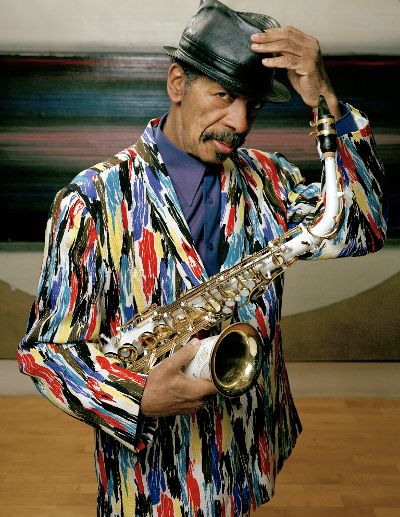Who was Ornette Coleman
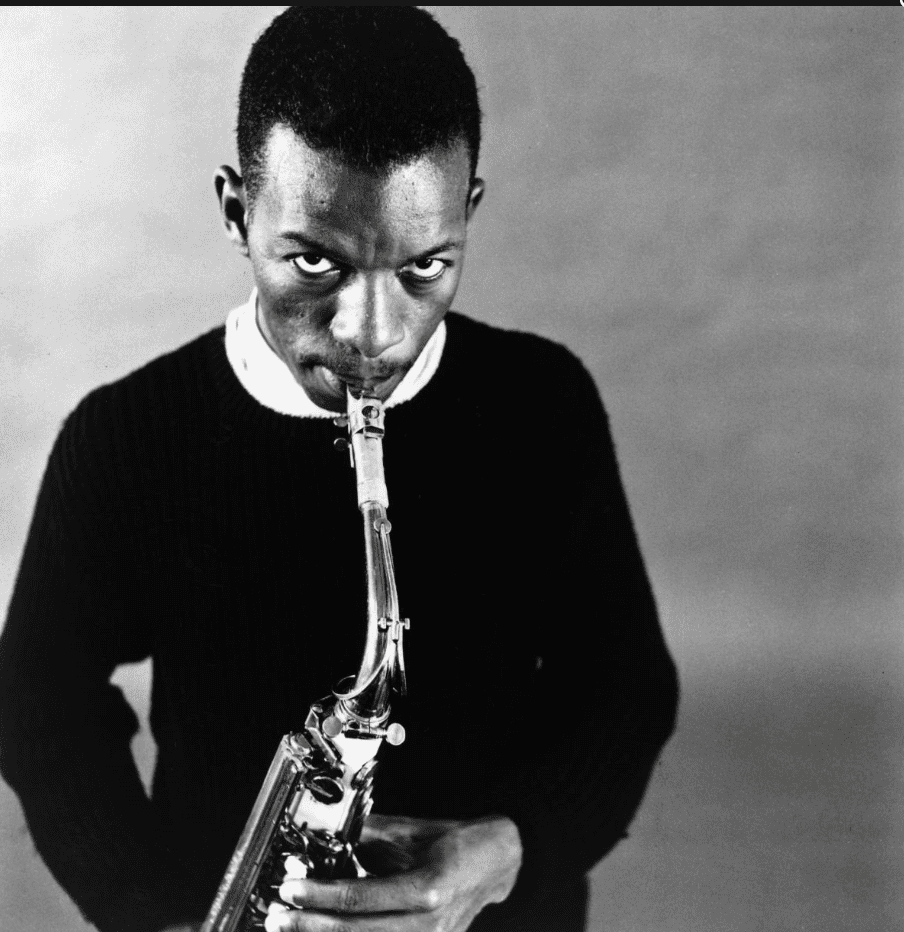
Randolph Denard Ornette Coleman was an American jazz saxophonist, violinist, trumpeter, and composer known as a principal founder of the free jazz genre, a term derived from his 1960 album Free Jazz: A Collective Improvisation.
Characteristics of Free Jazz
Listening to the other sub-genres of jazz all have similar characteristics. The defining characteristics are improvisation, syncopation, irregular beats, solos, and call-and-response techniques. Though when listening to Free Jazz, there are no guidelines to the music though there is a distinctiveness to the sound. In the 1950s and 60s, Coleman put out a multitude of recordings that incorporated a style that was looked down upon by many jazz enthusiasts and composers.
“The main characteristic of free jazz is that there are no rules. Musicians do not adhere to a fixed harmonic structure (predetermined chord progressions) as they improvise; instead, they modulate (i.e., change keys) at will. Free jazz improvisers typically phrase in chromatic intervals and harmonies, and some achieve atonality while playing in microtones, overtones, multiphonics (simultaneous notes played on one horn), and tone clusters. Free jazz performers often improvise without observing fixed metres or tempos. Solo and accompaniment roles tend to be fluid, as does the balance of composition and improvisation in performance. The ultimate development of free jazz is free improvisation, which combines all these qualities—using no fixed instrumental roles or harmonic, rhythmic, or melodic structures and abandoning composition altogether, (Britannica)”.
Coleman’s influence on Free Jazz
Coleman loved Jazz, though he wanted to add a new flare to it as individuals came out with different sub-genres (I.e., Beebop, Big Band & Swing, Cool Jazz, Hard Bop, etc.). Many of his first recordings didn’t follow jazz’s standard conventions, such as harmonic chord changes characteristic of blues or popular “standards.” Notably absent from Coleman’s music from this period were the instruments traditionally used to provide harmonic accompaniment in jazz, such as piano or guitar. His music was seen as controversial within the jazz community. His album The Shape of Jazz to Come (1959) was his most controversial album as he believed in playing the melody. Some believed he was getting rid of the melody though he did get rid of the idea of a “fixed series of chords that matched to a fixed series of bars and to particular beats within bars (The New Yorker, 2015)”.
Types of instruments used within Free Jazz:
- Violins
- Clarinets
- Flute
- Drums
- Other percussion instruments
Quick Fact:
“The more unusual instruments used in free jazz include harp, ukulele, and even bagpipes (MasterClass, 2021).
Musical contributions
Throughout Coleman’s life, he put out around 50 albums and collaborations during his lifetime.
A few notable albums by Ornette Coleman were:
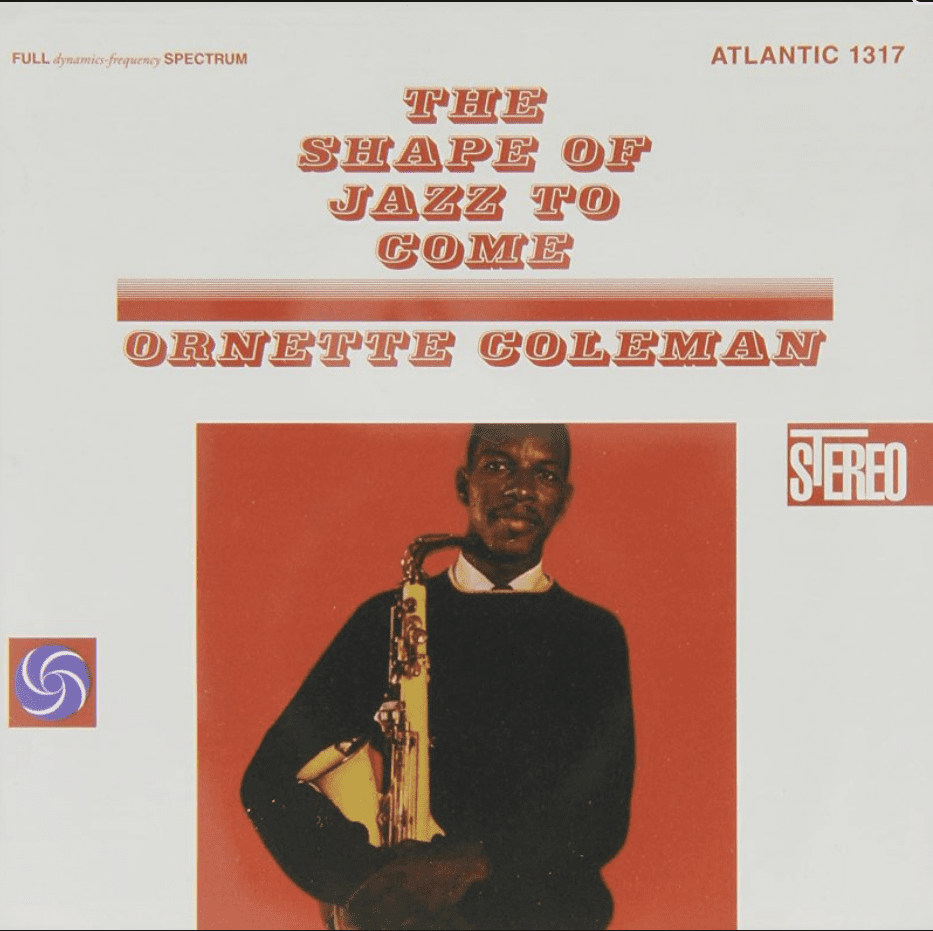
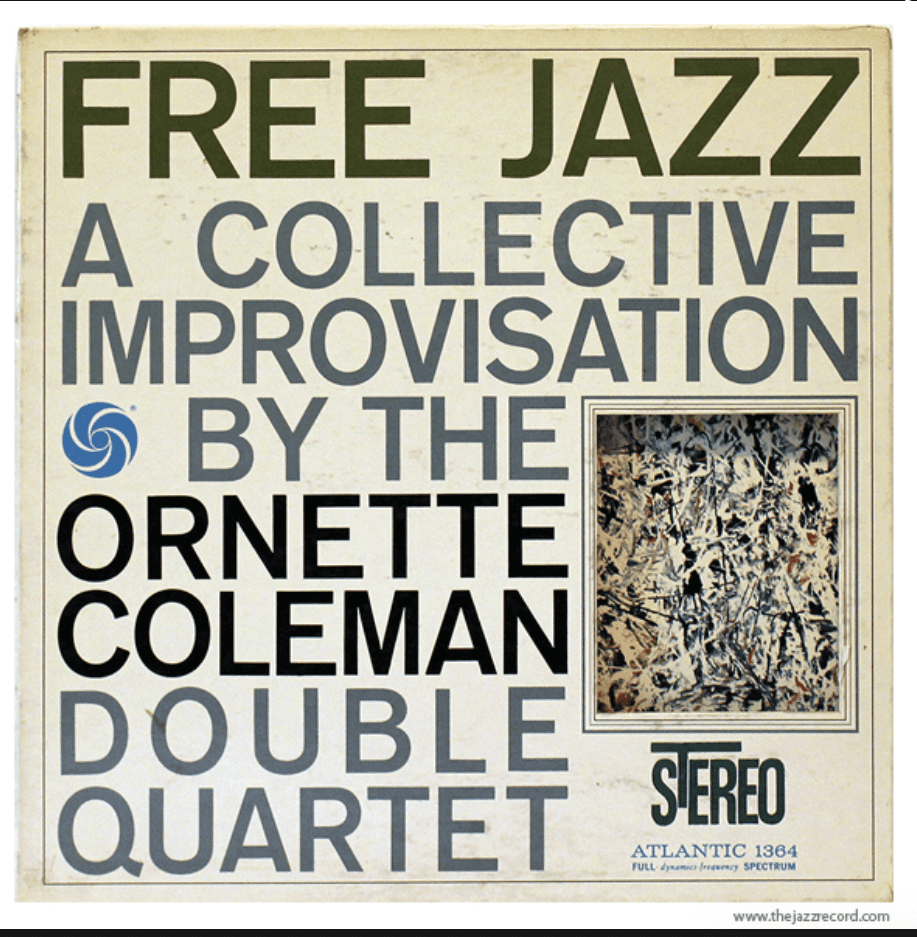
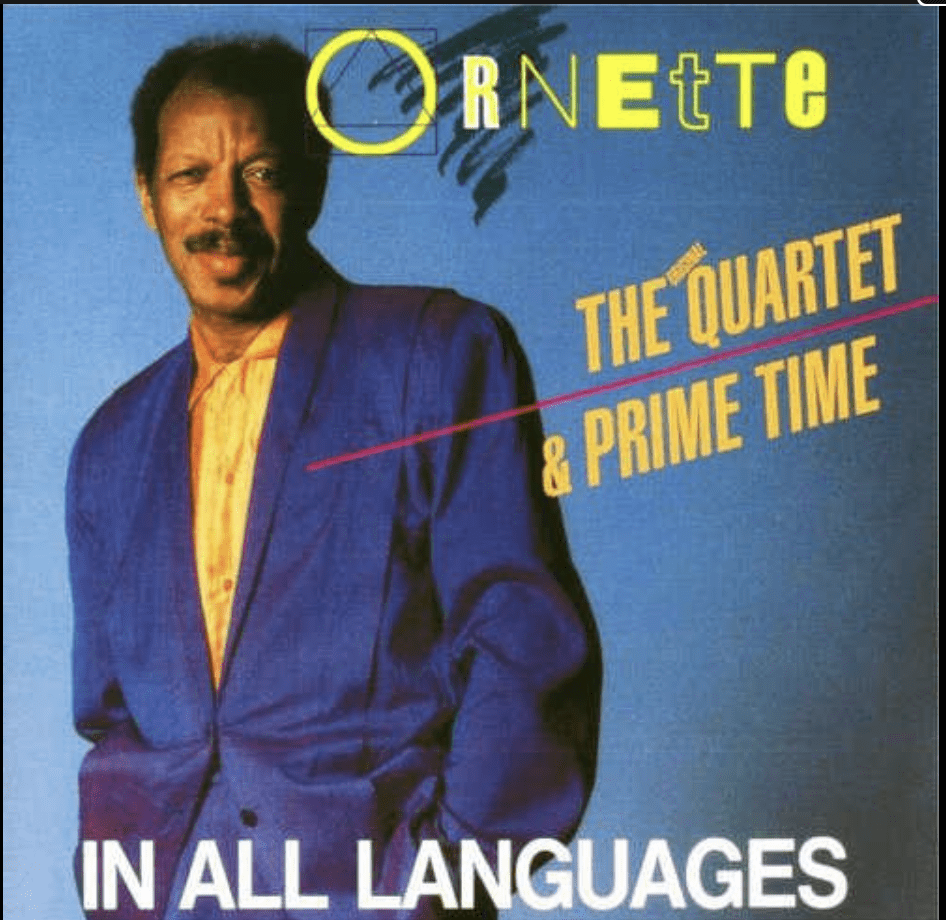
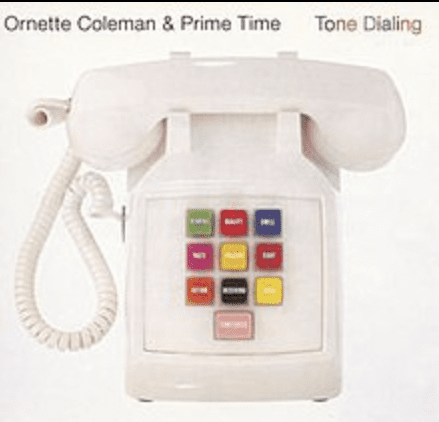
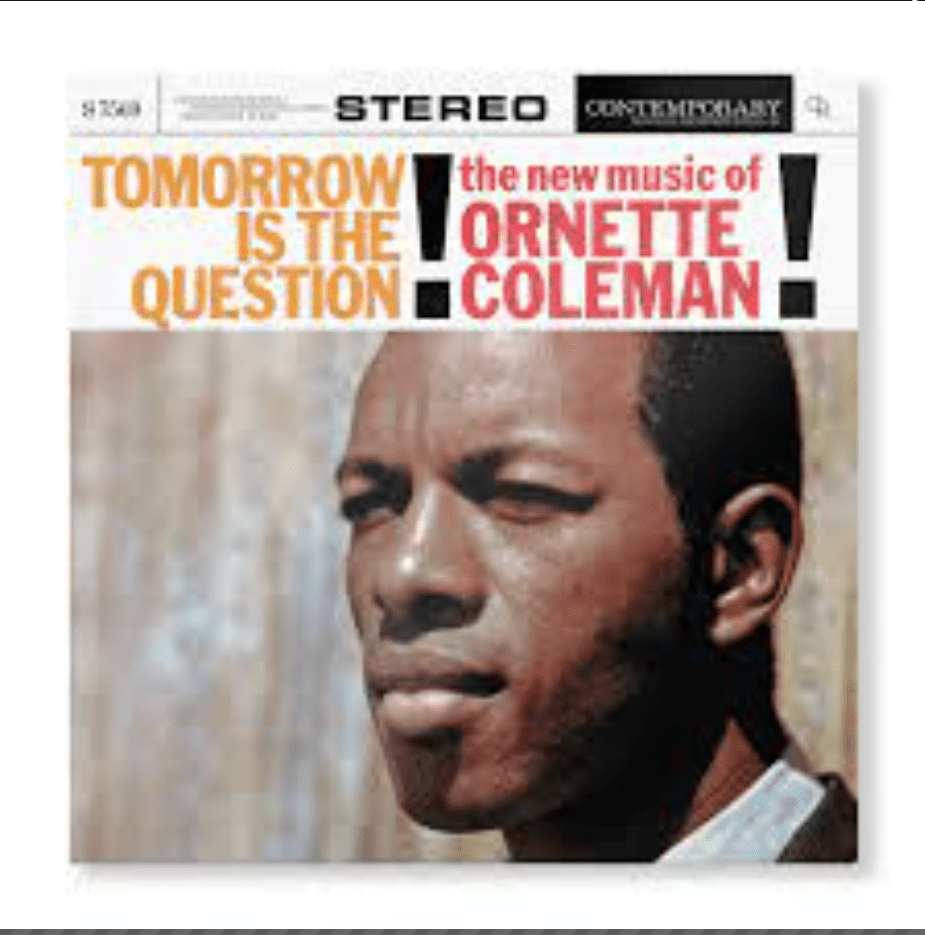
Other Contributors to the Genre
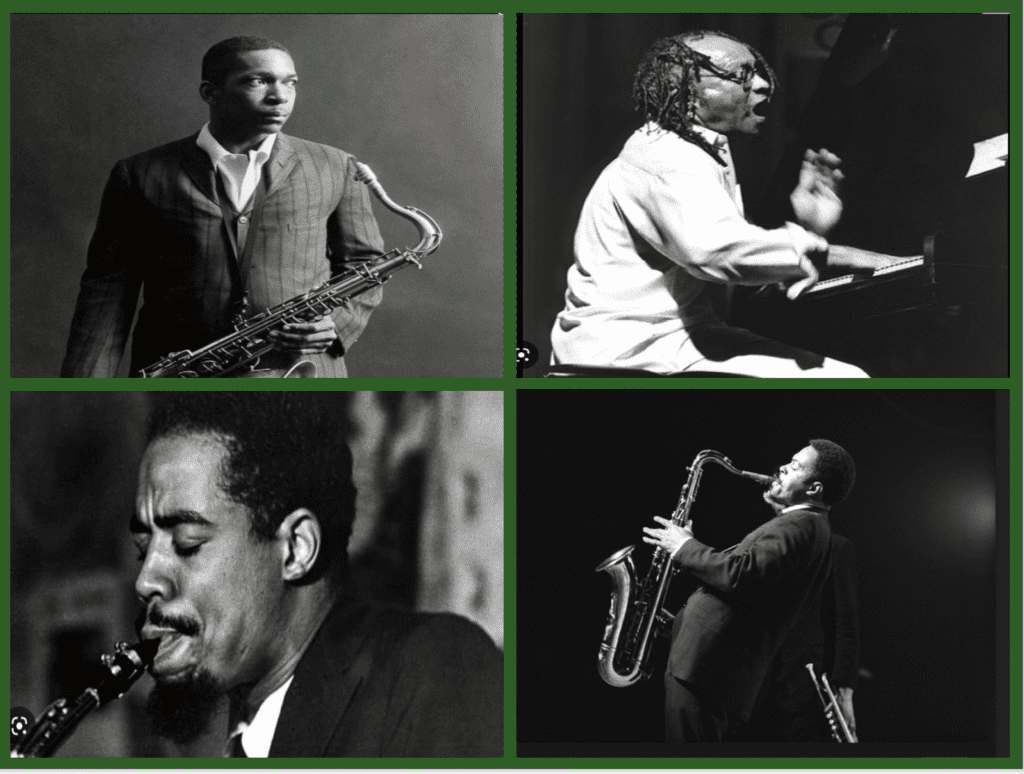
Works Cited
https://www.masterclass.com/articles/what-is-free-jazz

